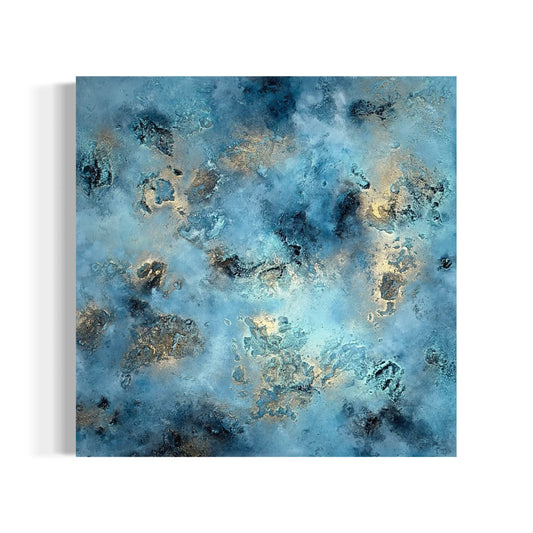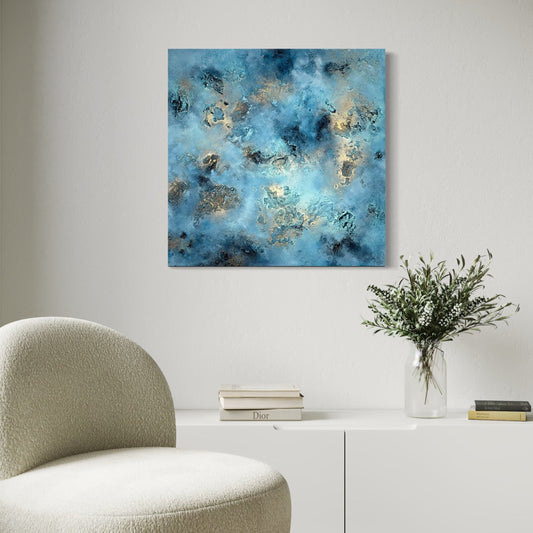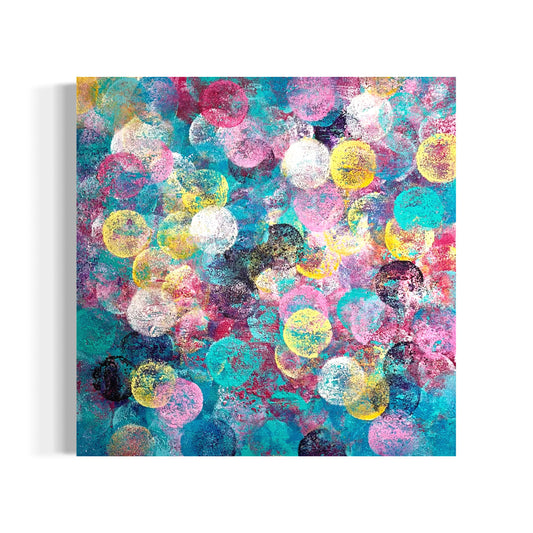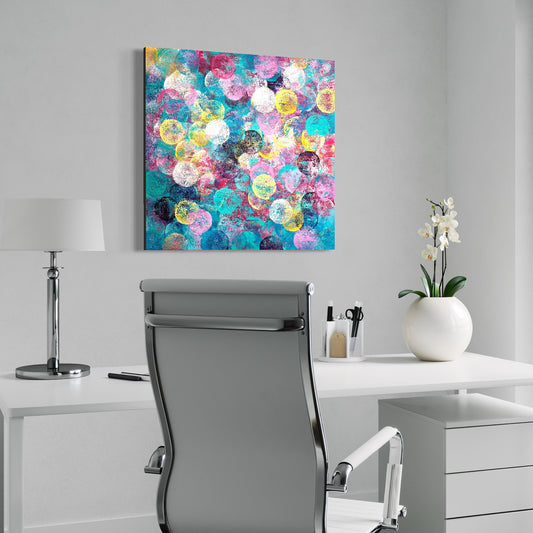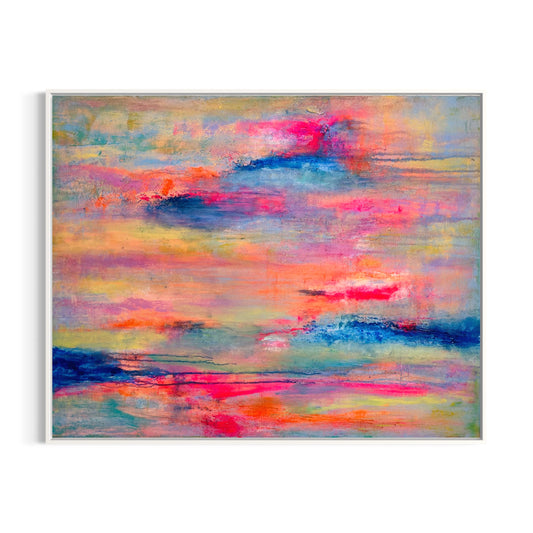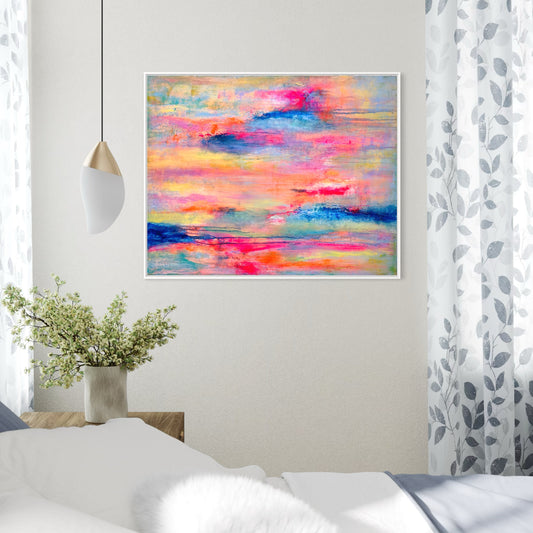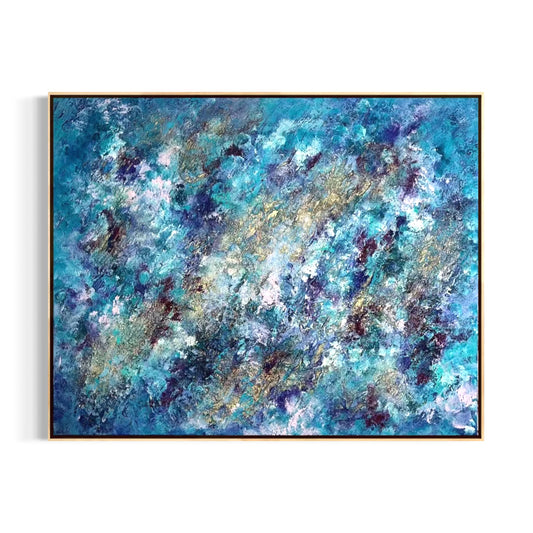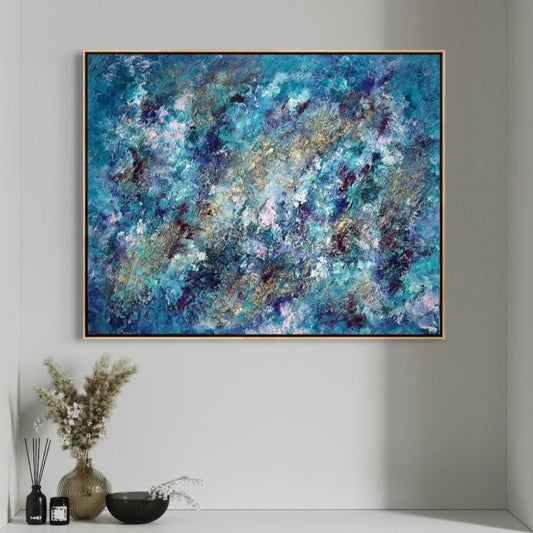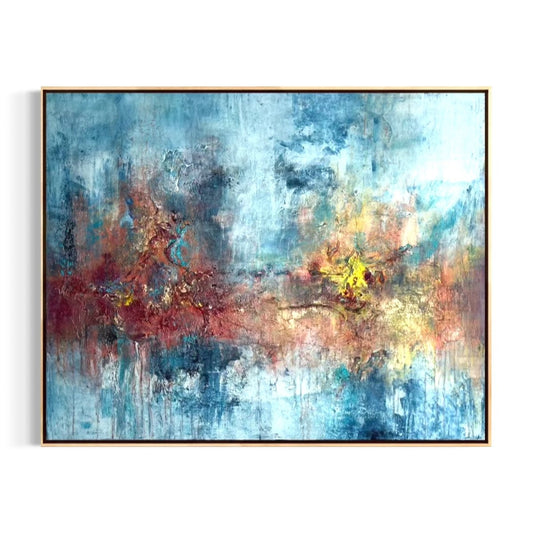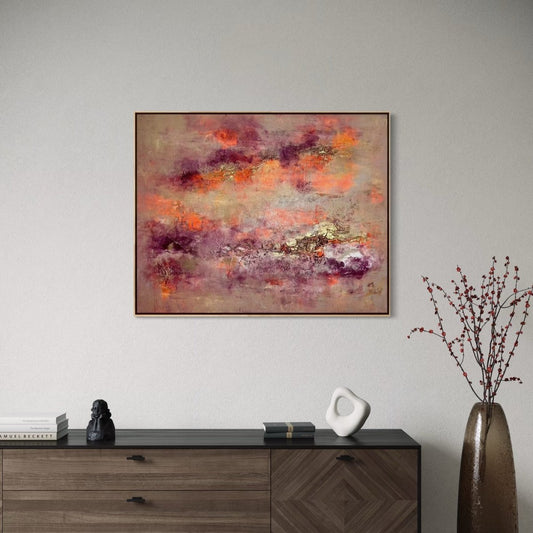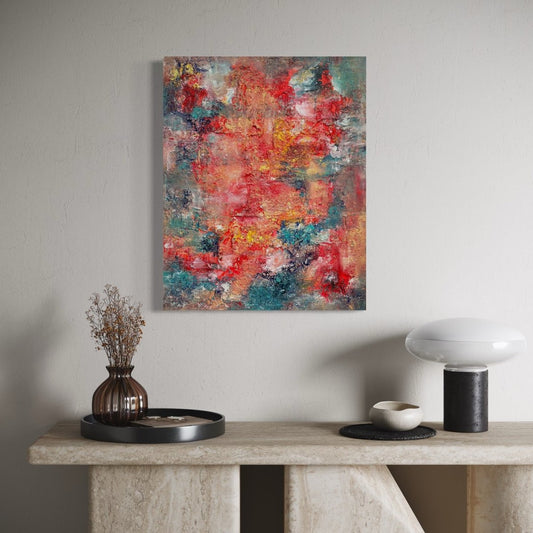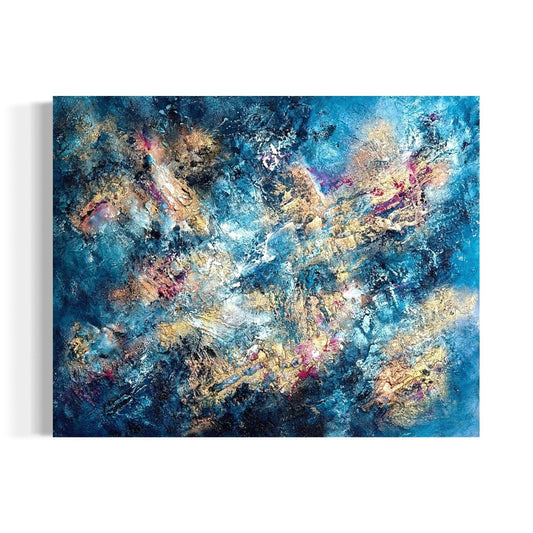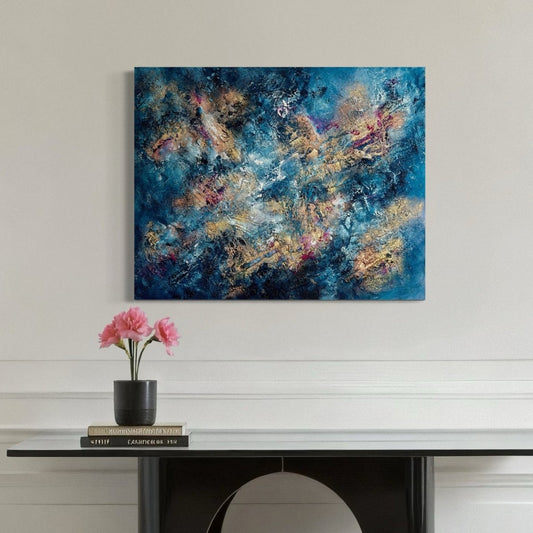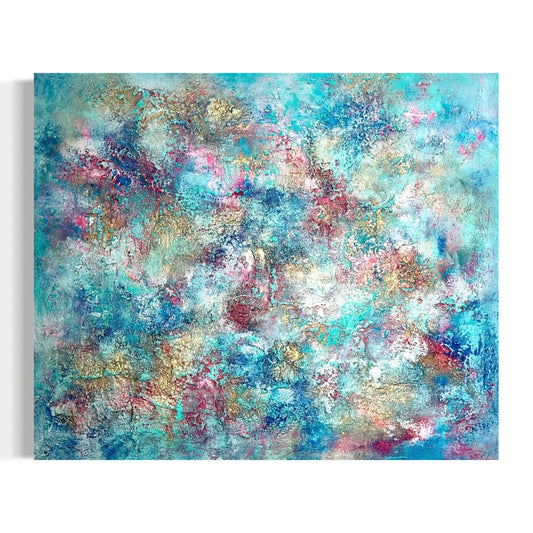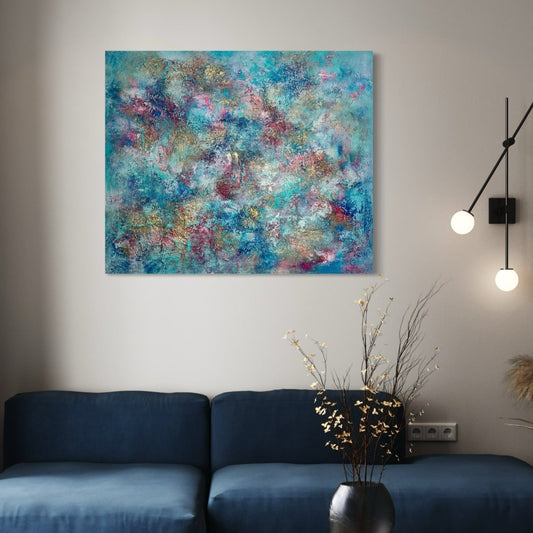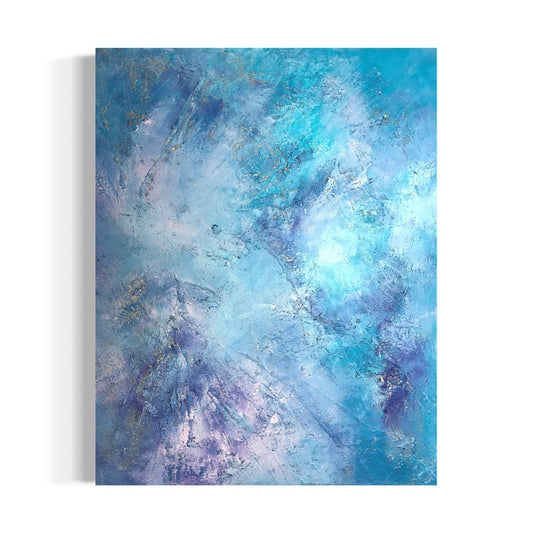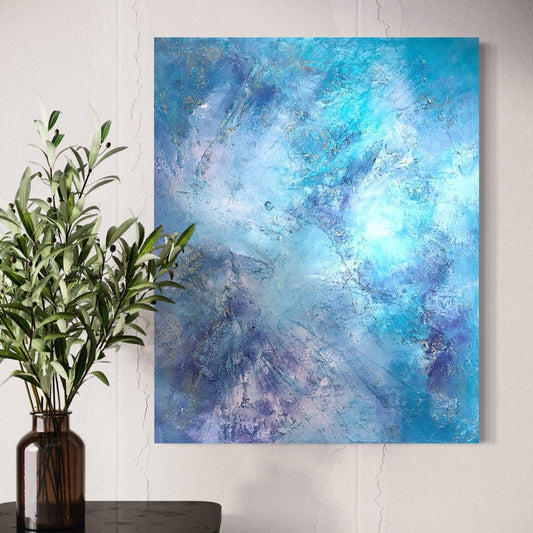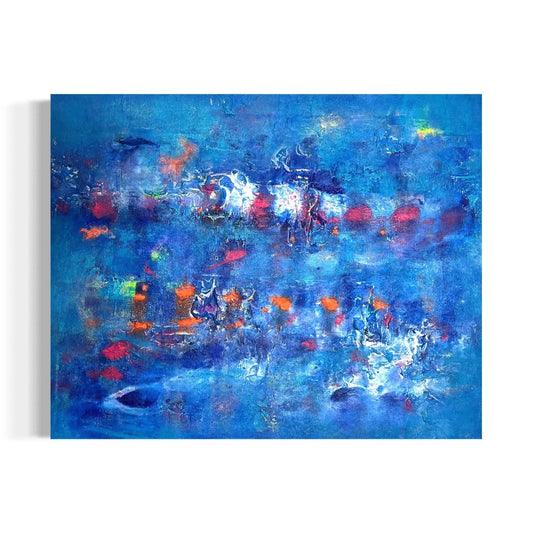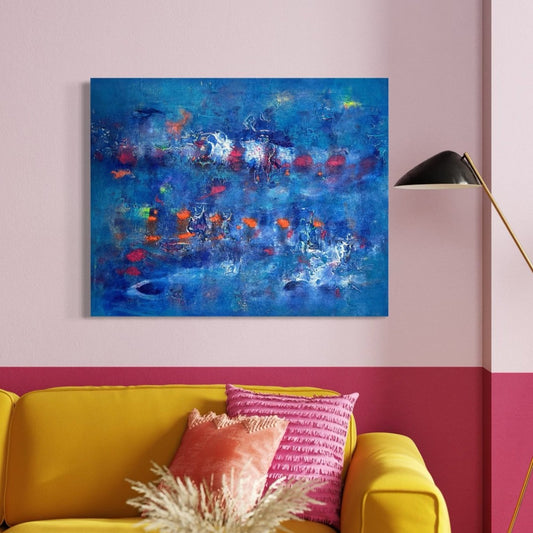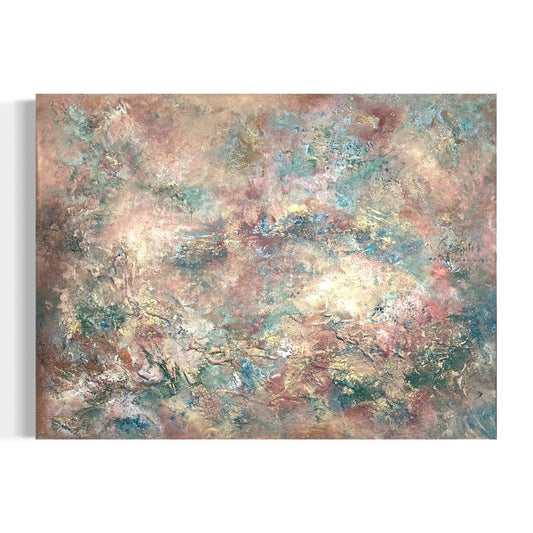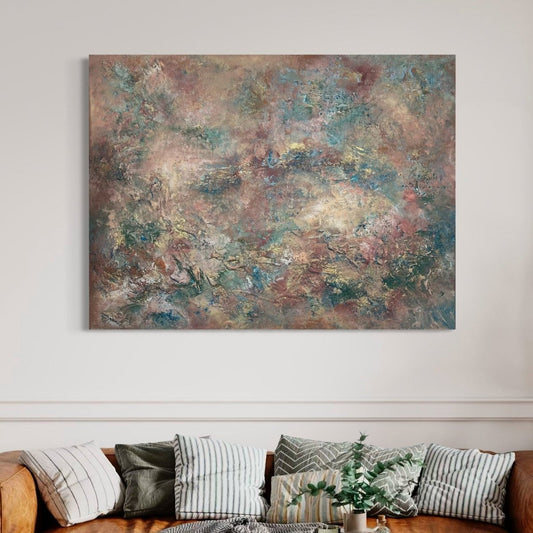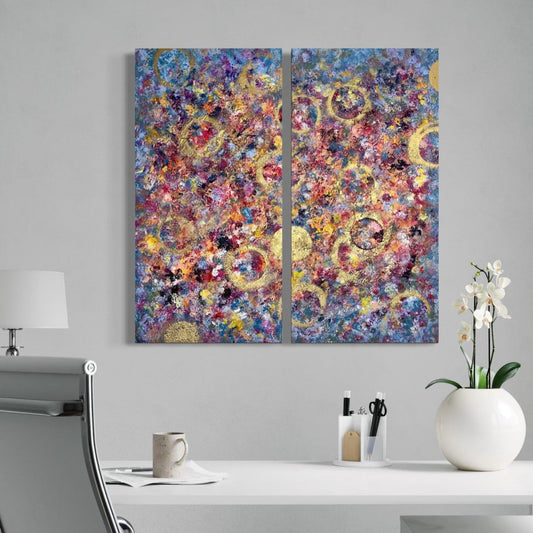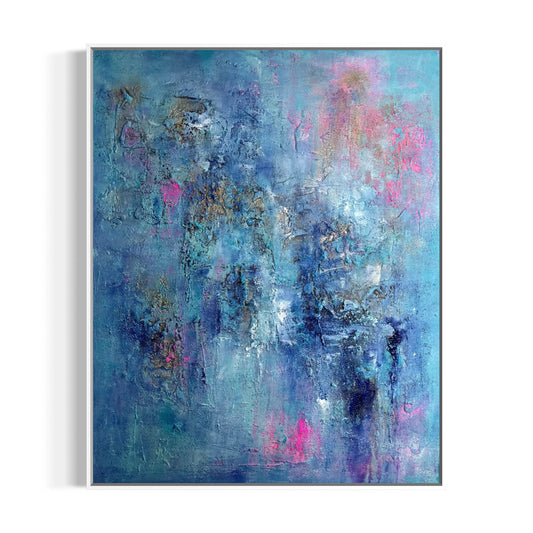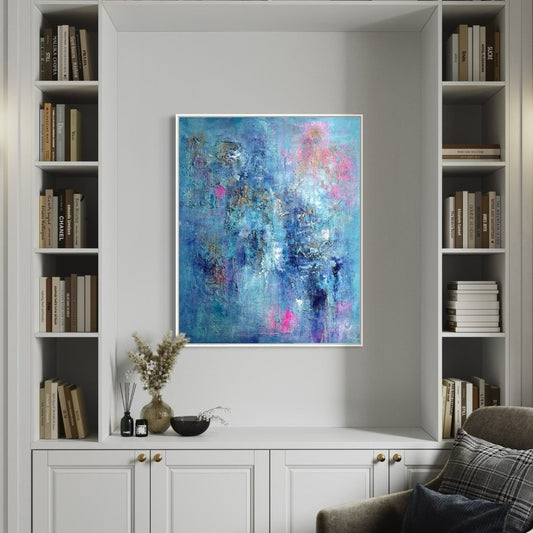The influence of art on the perception of luxury and status
Share
Art and luxury have always been closely linked. Works of art not only decorate spaces but also function as symbols of prestige, taste, and social status. In today's world, where luxury encompasses far more than material values, art plays a central role in how luxury is perceived and experienced. In this article, we explore how art influences the perception of luxury and status and why it has become indispensable in exclusive environments.
Art as an expression of individuality and exclusivity
Today, luxury no longer simply means possession, but above all uniqueness and personality. Works of art are often one-of-a-kind pieces or limited editions, embodying precisely this exclusivity. An original painting or sculpture lends a room a distinctive touch and signals that the owner values individuality. Thus, art becomes a visible expression of an upscale lifestyle.
Art increases the emotional value of luxury goods
While many luxury goods impress with their material value, art creates an emotional connection. A work of art can tell stories, evoke emotions, and create memories. This emotional depth gives luxury objects an additional dimension that goes far beyond mere ownership. Art makes luxury tangible and personal.
Art as a status symbol and social marker
In many social classes, owning art is considered a sign of education, culture, and social status. Art collectors and lovers are often associated with an upscale lifestyle. The display of works of art in private or public spaces thus becomes a subtle but effective means of marking and communicating social positions.
Art and luxury in interior design
The integration of art into luxurious residential and commercial spaces underscores their exclusivity. High-quality works of art set accents, create atmosphere, and lend spaces depth and character. Designers and architects use art purposefully to create a luxurious ambiance that is both aesthetically and emotionally compelling.
Investing in art as an expression of financial status
Art is also considered a stable asset and is viewed by many as an investment. The acquisition of significant works of art signals not only financial prosperity but also an awareness of value development and cultural responsibility. This combination of aesthetic enjoyment and economic consideration reinforces the perception of art as a luxury item.
Art as a bridge between tradition and modernity in the luxury segment
Luxury is not only an expression of the present, but often also of history and tradition. Works of art combine these dimensions in a unique way. Classical masterpieces or traditional art techniques stand alongside contemporary works that embody innovation and modernity. This connection creates a profound narrative that makes luxury tangible not just as a status symbol, but as a cultural experience.
The role of art in branding in the luxury sector
Many luxury brands deliberately integrate art into their brand communication. Collaborations with artists, limited editions, or art installations in flagship stores are examples of how art contributes to identity formation. Art lends brands authenticity and differentiation, which is crucial in the highly competitive luxury market. Customers identify more strongly with brands that offer a cultural and artistic dimension.
Art and luxury in the digital age
With digitalization, the forms of art and luxury are also changing. Digital artworks, NFTs (non-fungible tokens), and virtual galleries are opening up new ways to experience and own luxury and art. These innovations are expanding the perception of luxury by transferring exclusivity and individuality into digital spaces. Art is thus becoming a dynamic component of modern luxury worlds.
Sustainability and social responsibility: art in the new understanding of luxury
The modern concept of luxury increasingly encompasses sustainability and social responsibility. Art can play a pioneering role here by raising awareness of social issues and promoting sustainable production methods. Works of art that address environmental awareness or social justice lend luxury a new, ethical dimension. Thus, art becomes an expression of a conscious and responsible lifestyle.
Art as experience and inspiration
Luxury also thrives on experiences. Art creates spaces for inspiration, reflection, and enjoyment. Exclusive exhibitions, private art tours, and art trips are experiences that redefine luxury. Art allows you to immerse yourself in a world that appeals to the senses and enriches the spirit—a luxury that goes far beyond material values.
Conclusion: Art as the heart of a holistic understanding of luxury
Art shapes the perception of luxury and status in diverse and profound ways. It represents exclusivity, individuality, cultural depth, and emotional connection. In conjunction with modern values such as sustainability and digital innovation, art becomes the centerpiece of a holistic understanding of luxury that goes far beyond material possessions. Those who integrate art into their lives and spaces not only create aesthetic highlights, but also an authentic and lasting expression of luxury.

